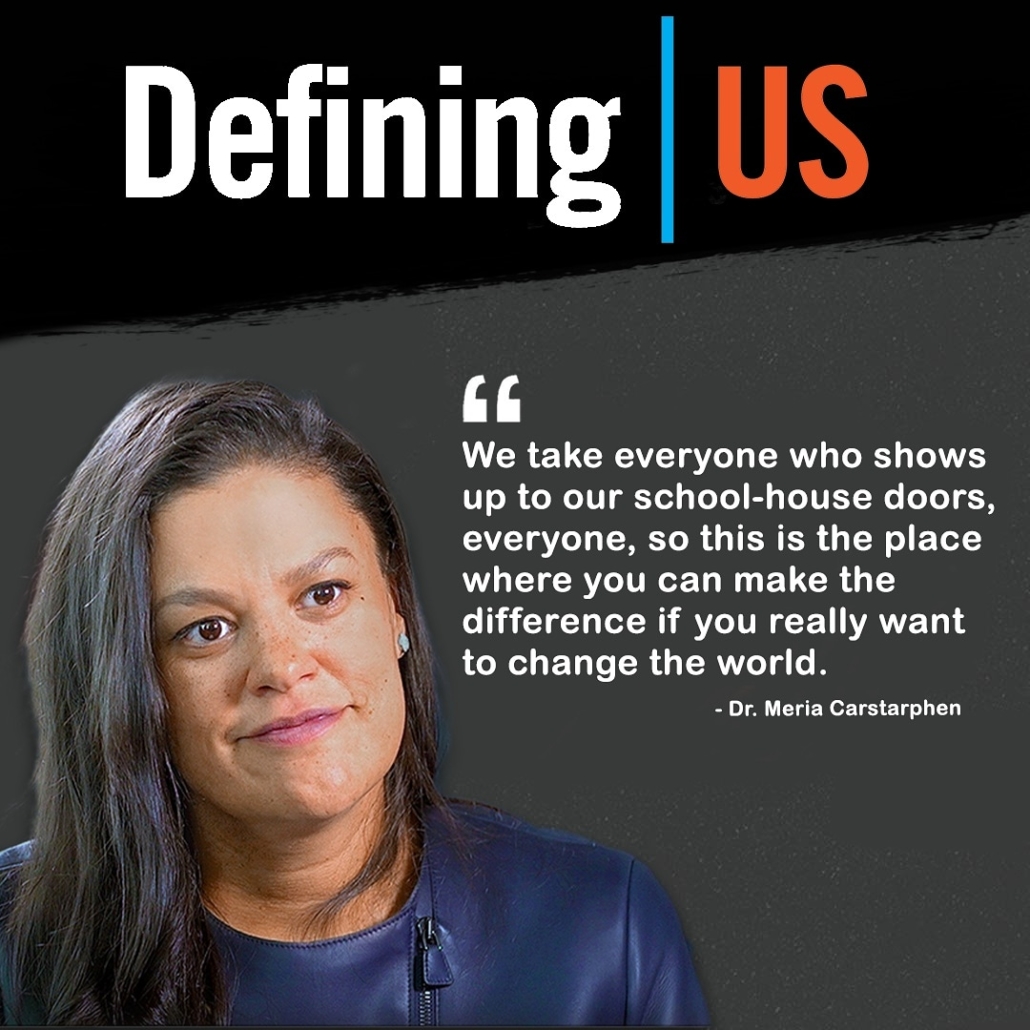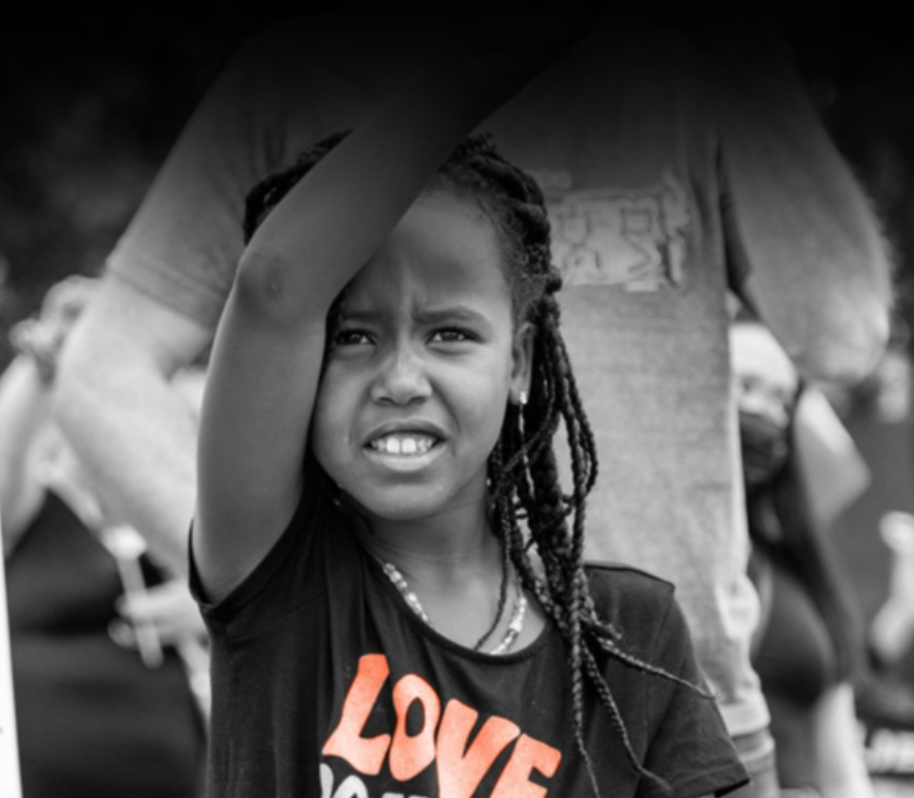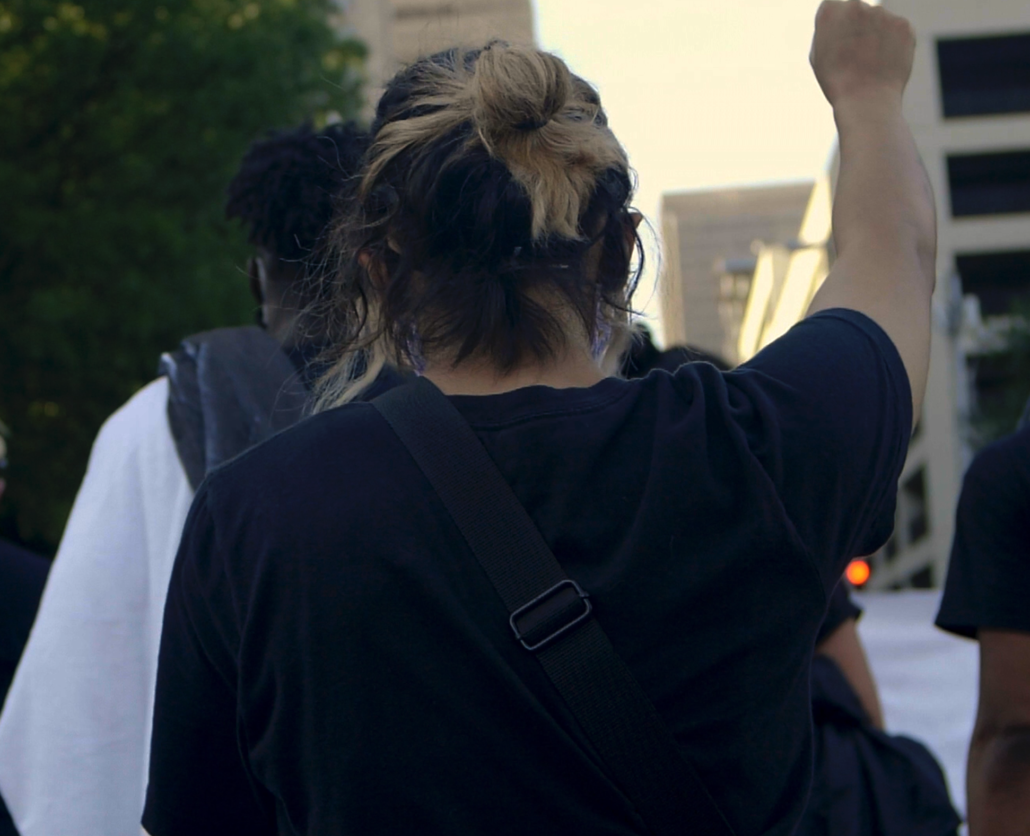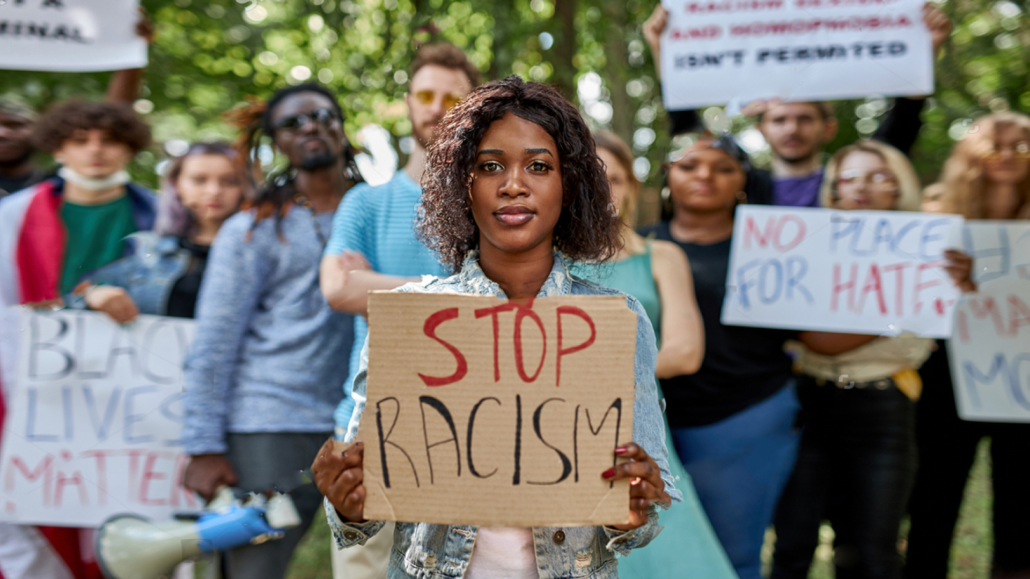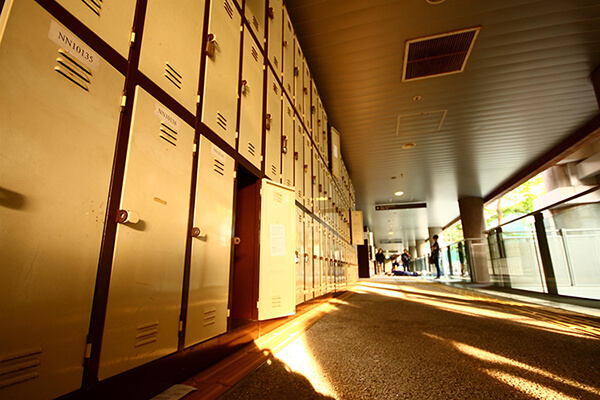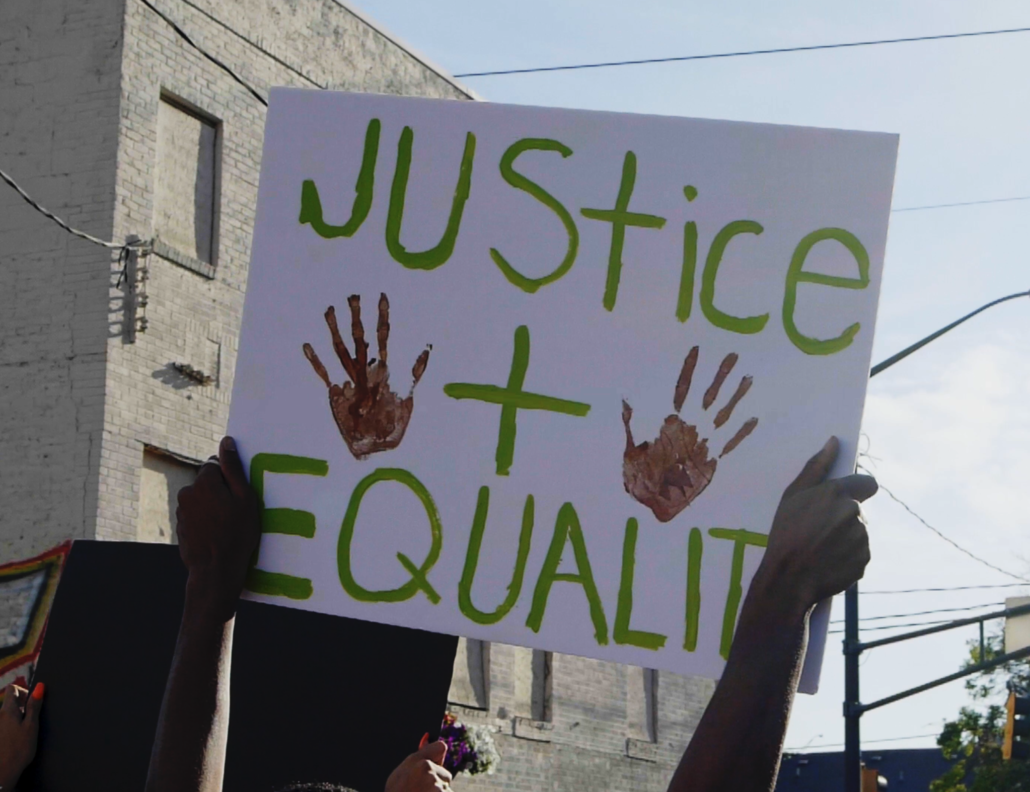Little girls with dreams become women with vision
Written By: Dr. Meria Carstarphen, Founder Uplift!, Co-Founder UNITE, Former Urban Schools Superintendent
Everyone needs a dream…and someone to believe in them. I was fortunate that I grew up with a mom and dad who believed that my three sisters and I could do anything we set our minds to achieve. They made sure, especially when it came to our education, that we had all the right supports at home to succeed. I live by their standards today: high expectations, structure, lots of love, passion and hope. This guidance gave me the strength to believe that the possibilities are endless for me and anyone else who works hard to realize their dream.
They believed in each of us and pushed us in all the right ways, and more importantly, were there to translate, navigate and mitigate any negative messages that would periodically make us question if we really could “do it”. So, yes, my sisters and I had great parents who helped us rise above the noise, learn important lessons, and grow into women who pursued opportunities in life with a strong belief in self.
DREAMS ERASED
But for many of our young girls, keeping the belief in their own abilities and worth is a struggle. The messages they receive from their communities, adults, peers, and media are sometimes filled with doubt or age-old stereotypes. You know what I’m talking about but may not be able to name it. It’s called implicit and explicit bias. So, what is implicit ad explicit bias anyway?
I define implicit bias as the stereotypes that a person might have, but they don’t even know it. In other words, having an immediate preference for one gender, race or some other demographic identifier over another without being aware of that preference whereas explicit bias is more obvious. It sounds like this: (subtle/implicit) girls aren’t good at math or boys are more athletic. Then there’s in your face bias (not subtle/explicit), which can look like discrimination picking a boy to lead a class assignment because a girl won’t be tough enough (and overt prejudice assuming a Black girl is guilty simply because she is Black, even when the evidence points to her being innocent).
While the examples of bias may seem somewhat innocuous when taken separately, it does slowly begin to sow seeds of doubt when compounded over years of messaging. And, without realizing it, biased messages given to a young girl over time can slowly take hold and be very difficult (and sometimes impossible) to overcome. Girls begin to see themselves in a different way and often not in the way that nurtures that dream so that it can become a vision for success.
It just chips, chips, chips away at potential for girls. They deserve so much better from us.
The consequences for life outcomes when we allow biases to go unchecked can be huge for girls. It’s worse for girls of color who are also dealing with issues of racial bias! The consequences can be devastating. In the 2017 report Girlhood Interrupted: The Erasure of Black Girls’ Childhood by Georgetown Law’s Center for Poverty and Inequality, researchers noted that “compared to white girls of the same age, survey participants perceive that”
- Black girls need less nurturing
- Black girls need less protection
- Black girls need to be supported less
- Black girls need to be comforted less
- Black girls are more independent
- Black girls know more about adult topics
- Black girls know more about sex
Good grief, right?! We know that negative messages in word and deed, over time, can create a lot of problems for girls. Feelings of anxiety and depression can increase. Where once there was confidence to try new things, the girls may value themselves less, affecting their feelings of worth and ability to influence. And so as young girls grow older, they may take fewer risks and become less likely to innovate. Making matters worse, for girls of color caught in the school discipline system, research shows that given these biases their consequences may involve more excessive use of force and harsher punishments.
And it carries over into their adult years. Girls who become women without belief in their gifts and their abilities are less likely to meet their goals, be happy, be fulfilled and even more likely to earn less in their jobs as they simply can’t recognize (and go after) their full potential.
This has to stop.
CHOOSE TO CHALLENGE, CELEBRATE, AND CHANGE
But there’s more challenging news because COVID-19 hasn’t helped. Academics will be challenging enough. In 2020, research studies emerged about the impact on students and their learning due to school building closures and loss of face-to-face instruction. McKinsey & Company found that the students in their sample, on average, lost the equivalent of three months of learning in mathematics and one-and-a-half months of learning in reading. The learning loss was especially acute in the schools that predominantly serve students of color. A recent Brown University working paper outlining the effects of absenteeism on social-emotional learning (SEL) outcomes and SEL skills, such as self-efficacy, self-management, and growth mindset is sobering enough. Now, new data suggesting that social-emotional learning outcomes are declining under COVID means that academic performance and behavioral outcomes across student subgroups will likely decline as well.
For International Women’s Day, we are charged to challenge the world. “A challenged world is an alert world. Individually, we’re all responsible for our own thoughts and actions – all day, every day. We can all choose to challenge and call out gender bias and inequality. We can all choose to seek out and celebrate women’s achievements. Collectively, we can all help create an inclusive world.”
WHAT WE CAN DO
Here is how you can help: Countering biases is a two-fold endeavor and takes effort from everyone.
TEACH GIRLS HOW TO BELIEVE IN THEMSELVES
First, we must give our girls the tools to unpack all the things that they need to understand themselves and start from a place of strength. Implementing social emotional supports where girls can develop self-awareness, understand others, make good decisions in the face of adversity or doubt to overcome bias and other negativity that they will face is invaluable. If we can give them the foundational competencies so that they are ready and remain excited about their own possibilities they will become more hopeful for the future, more engaged, and yes, even happier adults.
EXAMINE OUR OWN BELIEFS
Second, adults have to work on what we each bring to the table regarding our own beliefs and understandings based on our experiences. There has never been a more urgent time. Spending that time to unpack our own biases is a critical and necessary step. Just like everything, when we know better, we do better.
And we must do better. We can no longer keep the status quo when it comes to our biases that we hold and that we project on our girls. Richard Rohr, founder of the Center for Action and Contemplation, has spent decades exploring the idea of bias and the work it takes to overcome: “Learning how to see our biases is a psychological exercise, but one with immediate theological and social implications. It demands self-knowledge and the crucial need to recognize (1) when we are in denial about our own shadow and capacity for illusion; (2) our capacity to project our own fears and shadows onto other people and groups; (3) our capacity to face and carry our own issues; and (4) the social, institutional, and political implications of not doing this work.”
HOW WE SEE IS WHAT WE SEE
And we must do better. We can no longer keep the status quo when it comes to our biases that we hold and that we project on our girls. Richard Rohr, founder of the Center for Action and Contemplation, has spent decades exploring the idea of bias and the work it takes to overcome: “Learning how to see our biases is a psychological exercise, but one with immediate theological and social implications. It demands self-knowledge and the crucial need to recognize (1) when we are in denial about our own shadow and capacity for illusion; (2) our capacity to project our own fears and shadows onto other people and groups; (3) our capacity to face and carry our own issues; and (4) the social, institutional, and political implications of not doing this work.”
Without a doubt, we are at a critical juncture in our own country’s democracy that demands we face our biases head on so that we can live in a world where everyone has a voice and everyone can live their authentic selves. We need more people in the pipeline with VISION – it begins with nurturing those first dreams!
The implications of choosing NOT to challenge, especially during this pandemic, are enormous. UNICEF predicts that the gains girls have made in the last two and half decades are at risk. “Schools are often among the strongest social networks for adolescent girls, providing peers and mentors, and when girls are cut off from these networks, their risk of violence increases. In contexts where gender norms limit girls’ access to the tools needed for remote learning – such as computers, smartphones and the internet – they may fall behind their male peers while schools are closed. And when schools do reopen, many girls may not return…”.
Our girls can and do amazing things. They need us, all of us, to believe it and message it. #ChooseToChallenge #BeAlert because we’re all responsible for our own thoughts and actions – all day, every day – to help create an inclusive world.
Defining US Blog


